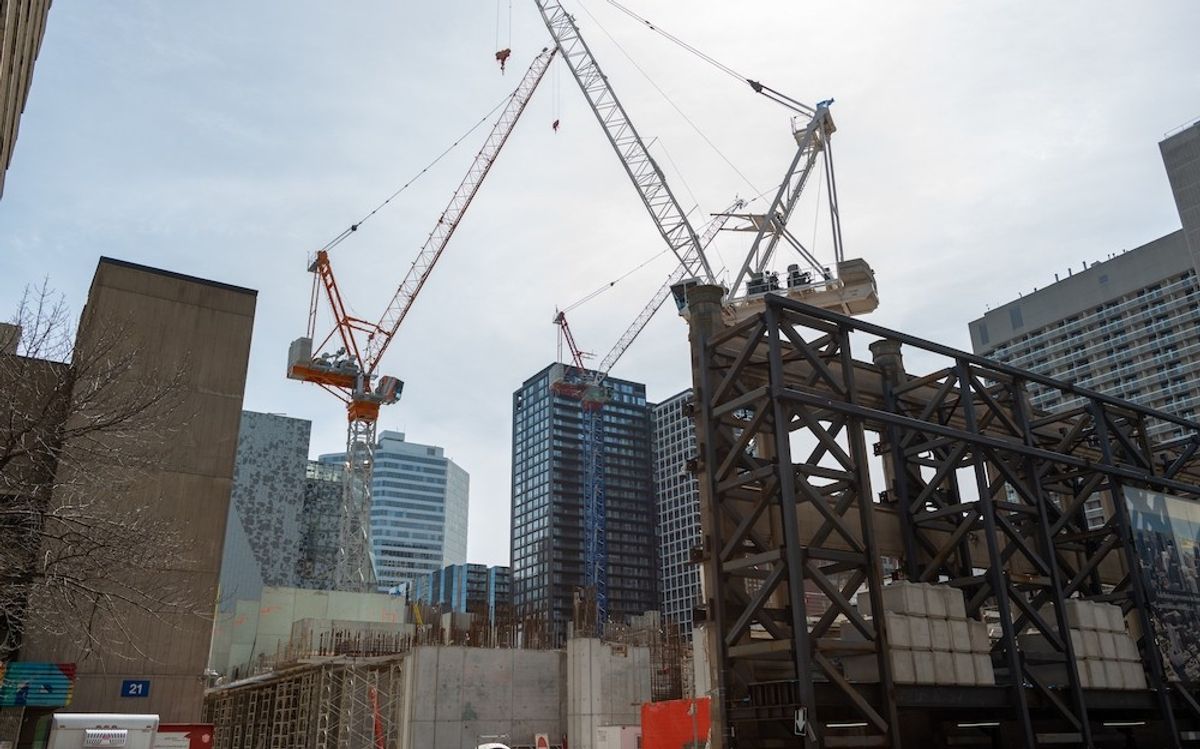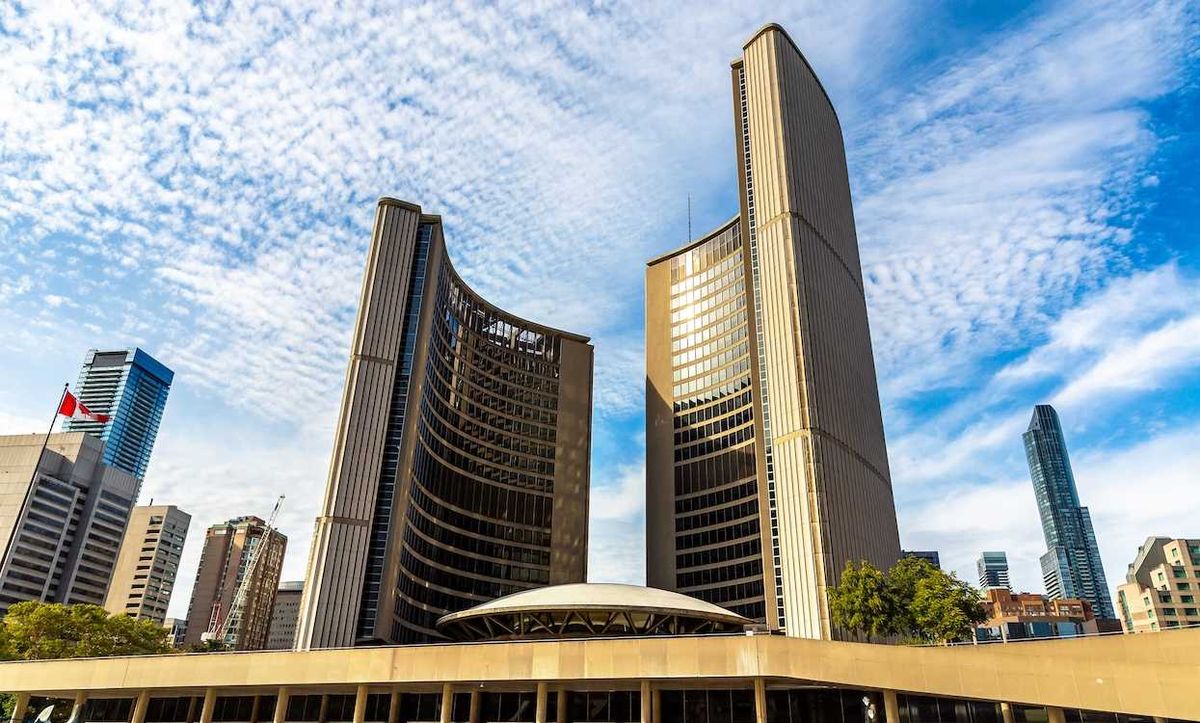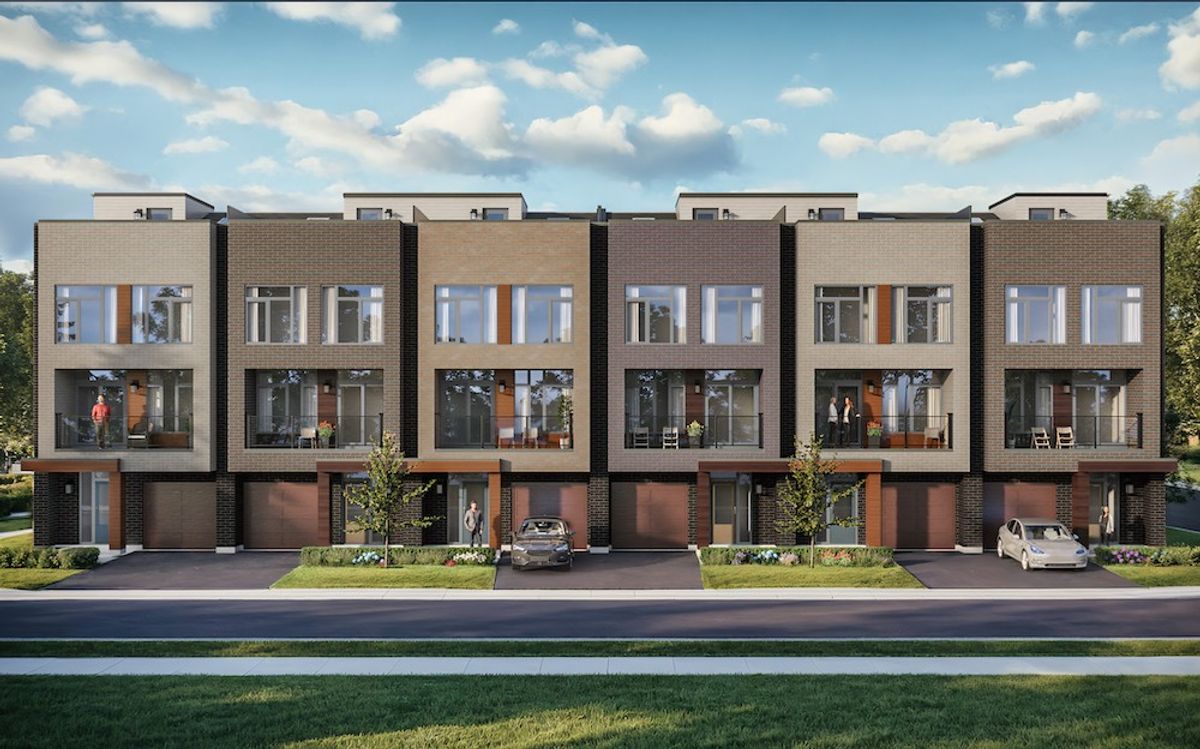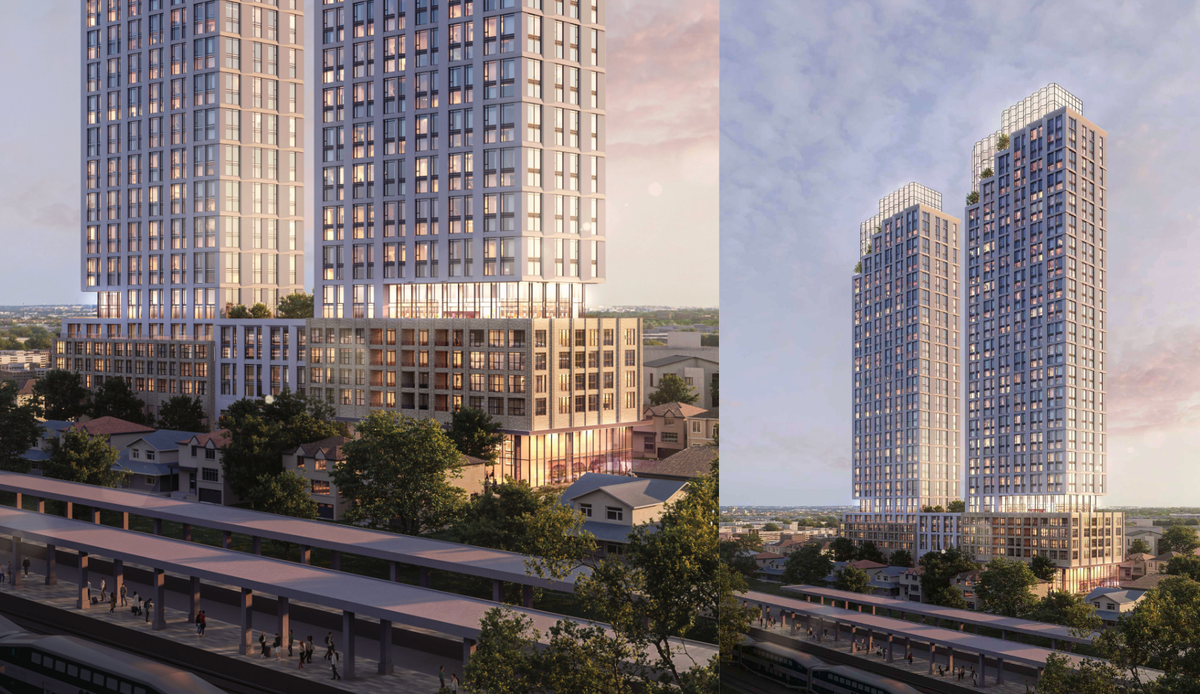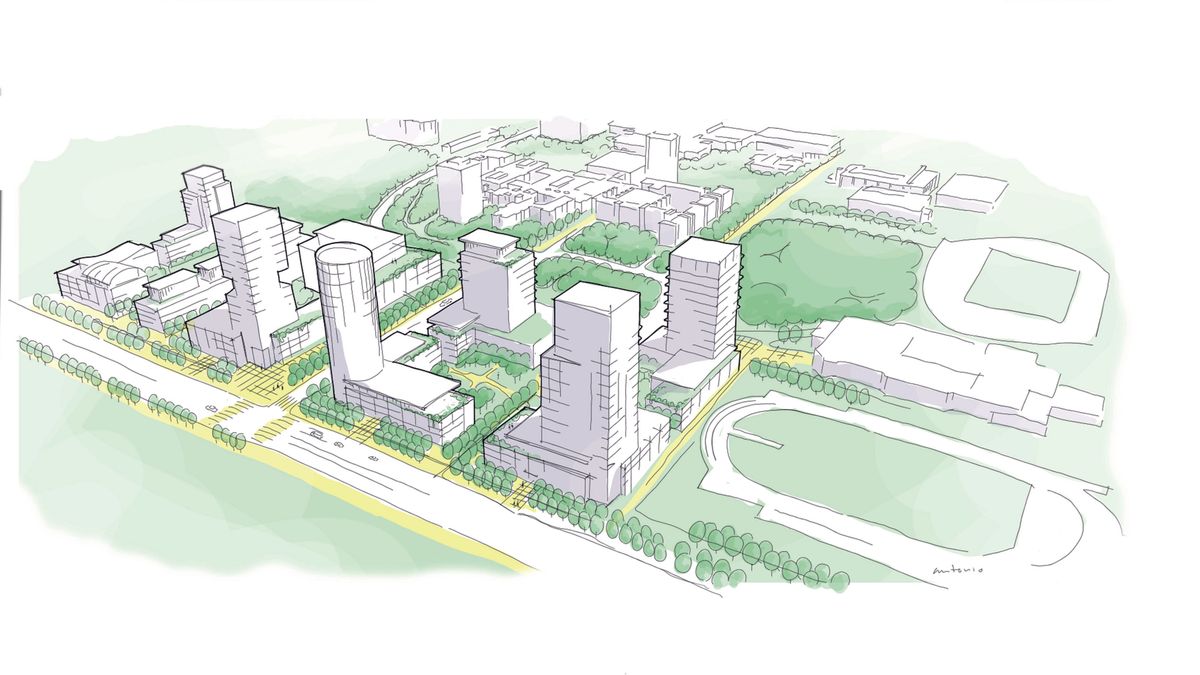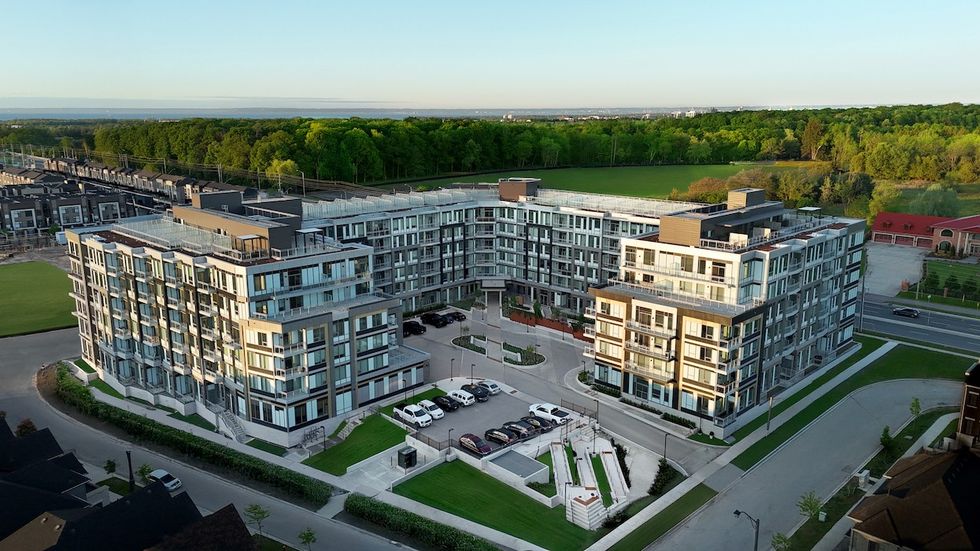Some 13,000 units per year is the number of new homes predicted to be eligible for the Liberal's First-Time Home Buyer's (FTHB) GST Rebate — if current buyer eligibility remains, that is.
The stat comes from a recently-released study by the Parliamentary Budget Office (PBO) that looked at housing starts and other housing data to project the impact of the proposed rebate, which aims to eliminate GST on new homes sold to first-time home buyers on primary residences priced up to $1 million, with the rebate phased out on eligible homes between $1 and $1.5 million.
By eliminating (or reducing) the tax, homeownership should theoretically become more affordable overnight, driving up sales and spurring new home construction — both of which have hit historic lows in recent times. Only, because the rebate is proposed to apply exclusively to first-time home buyers (a small sub-sect of the would-be-homebuyer population), some point out that its impacts would be muted.
If expanded to include all owner-occupiers who purchase new homes, however, the PBO has calculated that around 60,000 to 65,000 homes would be covered by the rebate, spurring more than 50,000 new home purchases per year than would result from the currently proposed FTHB rebate.
An Industry In Uproar
The PBO's findings give credence to the calls of those in the development community who have been asking for an expansion of the rebate since it was first proposed by Prime Minister Carney on the campaign trail this spring.
In late May, an open letter to the Prime Minister was signed by numerous organizations in the building and development sphere, including the Building Industry and Land Development Association (BILD) and the Canadian Home Builders’ Association (CHBA), called for a number of changes to the tabled rebate.
Expansion of eligibility to all new home purchases and increased price thresholds for those in more expensive markets like Toronto and Vancouver were key asks included in the letter, in addition to the Feds simply scrapping the FTHB rebate and instead updating the existing GST rebate framework and committing to regularly indexing the GST rebate thresholds as was promised when the rebate was first introduced in 1991.
The Cost To Expand
One of the signatories on the letter, The Missing Middle Initiative (MMI), recently used the PBO's projections to calculate what it would cost the Feds to include all owner-occupier purchasers of new homes in the rebate. They found that it would cost $2 billion per year over six years ($12 billion), compared to the current cost of just $1.9 billion spread over six years.
It's a roughly $10.1 billion difference, but a figure that MMI founding director Mike Moffat is willing to defend. When asked why the Feds decided to only targeted first-time home buyers, Moffat attributes the decision to cost — something he says would have been a more "defensible decision" if housing starts weren't so low.

"I have a little bit of trouble when we've got the federal government saying they want to build 100,000 homes a year, and all the estimates we're seeing say not only that we are nowhere close to that, but housing starts are actually falling, and the CMHC projects them to fall in further years," Moffat tells STOREYS. "So I do think there is room to be more bold."
President and CEO of BILD, David Wilkes, echoes Moffat's sense of urgency, highlighting the immediate impacts of an expanded rebate and emphasizing what's at stake.
"This would be a very effective and immediate tool that would reduce the cost of new homes," Wilkes tells STOREYS. "So I would say to those that are adjusting to the expenditure: this is a way to make sure that we provide housing at a level that's affordable, and it's a way to ensure our economy doesn't go into a recession because of residential construction decreasing."

Moffat also underscores that increased housing construction and revenues from trickle down economic activity flowing to all levels of government would offset a portion of the costs. At the municipal level, cities would collect more development charges, and at the provincial and federal levels, governments would collect more money from taxes.
"People have to build those homes, right? So you've got all the electricians, dry-wallers, and plumbers who now have jobs that wouldn't have had jobs before, and they're paying income taxes, they're paying EI and CBP premiums," says Moffat. "Governments will also generate additional sales tax revenue when those people go out and buy hockey skates, or whatever, with their money."
The Nitty Gritty
While those in the building and development industry make their case for expanded eligibility via the updating of the existing GST rebate for new home sales and the feds tailor their FTHB rebate to keep costs down, Desjardins economist Kari Norman points out that there are risks on both sides of the equation.

On one hand, Norman highlights that a more inclusive rebate would come at a "significantly higher fiscal cost" and could lead to prices rising once again. "On its own, [the rebate] could fuel an increase in demand, drive up prices, and worsen affordability for all buyers."
On the other hand, only providing the rebate to first-time home buyers would mean less new home sales and housing starts, but it could also lead to what Norman calls "potential behavioural incentives misaligned with long-term housing goals."
"For instance, might some potential FTHBs delay homeownership knowing purchasing a starter home now would forfeit their eligibility for a larger rebate on a future move-up property?" she asks. "Could the rebate structure influence some FTHBs to delay major life choices — such as cohabitation, marriage or parenthood, with a partner who already owns property — in order to preserve their own rebate eligibility?"
Norman also points out that empty nesters may be less inclined to downsize if the rebate doesn't apply to them, incentivizing them to continue sitting on family-sized homes. On the other hand, the inverse would be true if empty-nesters were included in the expanded rebate.
Time For Action
For Moffat, the expansion of eligibility represents not only a necessary next step in reviving atrophied new home markets across Canada, but one of the Feds' only policies targeted at providing affordability relief in the short-term.
"New housing construction in both Toronto and Vancouver is pretty much stalled. So, we do think that governments, both federally and provincially, should be looking for policies that can have an immediate impact and that aren't just, 'hey, we'll design this thing, and three or four years from now we'll start to get some shovels in the ground,'" Moffat says, nudging at lumbering federal efforts like Build Canada Homes.
In agreement is Wilkes, who emphasizes the policies direct-to-consumer qualities. "The reduction in GST, and hopefully PST, would go straight to the consumer," says Wilkes. "[...] It would really address some of the affordability challenges that we're facing in the country, and help achieve the federal government's goal of 500,000 new homes."




